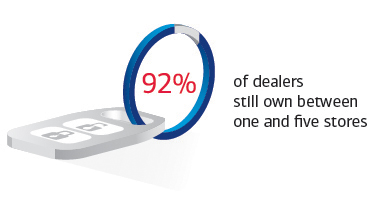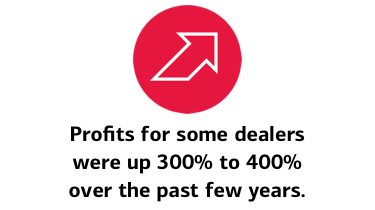“When I hear people say that if you’re a small mom-and-pop, you won’t be able to compete against the big dealership groups, I think nothing is farther from the truth,” he says. “The three biggest costs of operating a dealership are people, inventory and real estate. It doesn’t matter if you are a big group or only own one store, those costs are the same. A dealer is paying the same amount for a car on invoice, the same on real estate, and the same for people.”
With that said, there certainly are some economies of scale for larger businesses, such as vendor costs. “But at the end of the day, it comes down to the operator,” Comestro says. “We see single point stores that do just as well as any other store — sometimes even better — because they’re more focused on a single market, a single team.
“So my advice to dealers would be: There are many reasons you might want to get out of the business; however, it shouldn’t be based on fear, but rather your own personal experience and objectives.”









